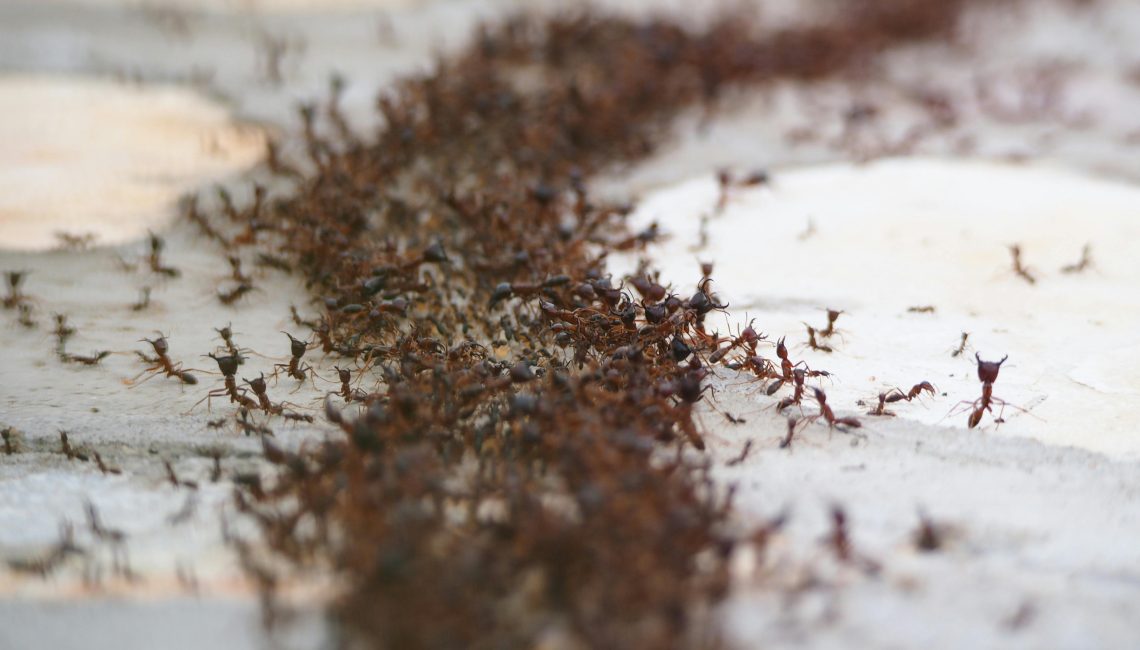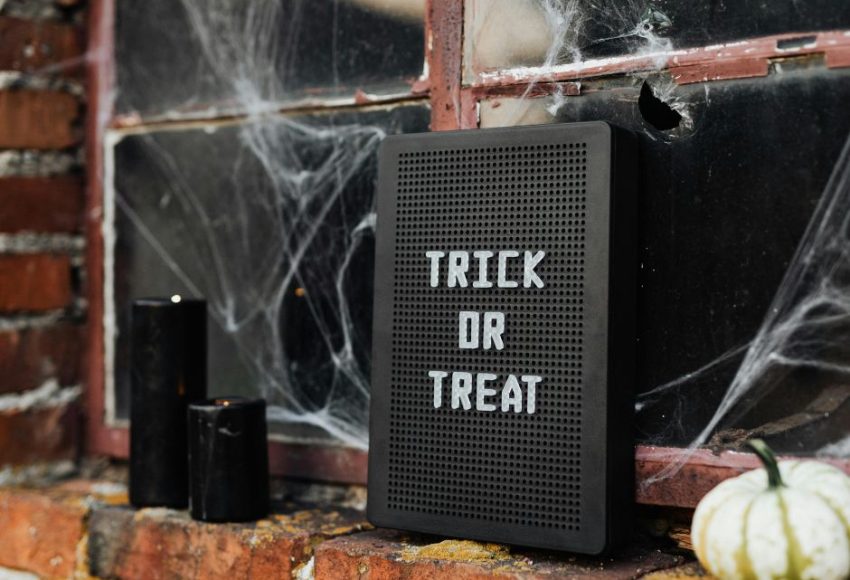How Pests Can Impact Your Home Insurance: What You Need to Know
Warm weather in Ontario means more time outdoors and an uptick in unwanted visitors. Whether a homeowner, cottage owner, or tenant, pests like ants, wasps, raccoons, and rodents can do more than annoy you. They can cause serious damage to your property. Explore how pests can impact your home or cottage, what insurance may or may not cover, and how to help protect your space before the problem starts.
Why Summer Means More Pests
Ontario summers bring sunshine and long weekends, but they also mark the peak season for pests. As temperatures rise, insects and wildlife become increasingly active, seeking food, water, and shelter. Warmer winters and earlier springs in recent years have also extended the active season for many pests.
Some of the most frequent summer intruders include:
- Ants – especially in kitchens and around foundations.
- Wasps – building nests under eaves, decks, and in attics.
- Mosquitoes – breeding in standing water like birdbaths or clogged gutters.
- Rodents – sneaking indoors for food or nesting spots.
- Raccoons – targeting garbage bins, attics, or crawl spaces.
These pests are a nuisance and can cause significant property damage and health risks if left unchecked.
How Pests Can Damage Properties
Pests may be small, but the damage they cause can be costly. Beyond being an eyesore or inconvenience, pest infestations can lead to serious structural issues and health risks in your home or cottage.
Structural Risks
While pests may seem like a seasonal nuisance, the structural damage they can cause is no small matter. Certain pests, like rodents and termites, are particularly destructive, often causing hidden damage that can go unnoticed until it becomes a major repair bill.
Rodents and termites are notorious for chewing through:
- Electrical wiring – damaged wires can cause electrical fires, posing a serious safety threat.
- Insulation – pests nesting in your walls or attics can tear through insulation, making it harder to keep your home cool or warm and driving up energy bills.
- Wood framing and supports – chewing and burrowing can compromise key structural elements, weakening floors, walls, or support beams.
Raccoons can tear through shingles and vents to access attics, where they damage insulation, chew wires, and leave hazardous waste. Birds, especially in cottage areas, often nest in vents and chimneys, blocking airflow and increasing fire or moisture risks. Structural damage often occurs in hidden areas, such as walls or crawl spaces, making it hard to spot until already severe.
Health Risks
Pests pose serious health risks to you and your family. Many carry diseases, trigger allergic reactions, or contaminate the air and surfaces inside your home or cottage.
- Stings and bites from wasps, mosquitoes, and ticks can cause infections, allergic reactions, or medical emergencies for sensitive individuals.
- Rodents and raccoons may transmit diseases like leptospirosis or rabies through bites, scratches, or contact with droppings.
- Ticks can carry Lyme disease, which causes fatigue, joint pain, and serious complications if untreated.
- Cockroaches and droppings can contaminate food and worsen asthma or allergy symptoms, especially in children and seniors.
The longer a pest problem goes unaddressed, the more these risks increase. Staying proactive not only protects your property but also helps protect your health.
The Insurance Perspective
When it comes to pests and your home insurance, knowing your coverage is essential to avoid surprises.
Standard home insurance policies typically include sudden and accidental damage caused by events like fires or water leaks. In some cases, if a pest infestation directly leads to an issue, your policy may cover pest damage indirectly, depending on the situation and your provider’s terms.
However, most homeowners’ insurance policies do not cover damage caused by gradual wear, neglect, or ongoing pest damage, such as termite rot or long-term rodent infestations. Damage from poor maintenance or failure to address pest issues promptly is generally excluded.
Pest Prevention Tips
Keeping pests at bay starts with simple, consistent steps outside and inside your home or cottage.
Outdoor Maintenance
- Trim trees and shrubs away from your home to reduce pest access.
- Mow lawns regularly and remove leaf litter to eliminate hiding spots.
- Clear standing water from gutters, birdbaths, and planters to prevent mosquito breeding.
- Seal cracks around foundations, vents, windows, and doors, especially if you’re near wooded areas.
Indoor Preparation
- Keep counters clean and store food properly in sealed containers to avoid attracting pests.
- Repair window and door screens to block potential entry points.
- Declutter crawl spaces, garages, and attics where pests may nest.
- Regularly monitor for signs of pests, such as droppings, gnawed materials, or ant trails.
Regular Inspections
Scheduling professional pest control inspections helps catch early signs of infestation that might be easy to miss. Licensed technicians can identify vulnerable spots and signs of pest activity, and recommend targeted treatments before small issues turn into costly repairs or health hazards.
Regular inspections are especially important for cottages or homes in wooded or rural areas, where wildlife and insects are more prevalent. Professionals can also offer advice on ongoing prevention tailored to your property’s unique risks.
By combining these practical steps with expert support, you’re not only safeguarding your cottage or home but also ensuring your insurance coverage remains valid. Early detection and swift action can significantly reduce the risk of structural damage, property loss, and health concerns.
Insurance Checklist and Follow-Up
Dealing with a pest problem doesn’t end once the treatment is done. Staying organized and taking proactive steps can help protect your home and strengthen future insurance claims.
Document Everything
Keep all receipts, inspection reports, and pest control invoices. This documentation can be essential if you ever need to prove that you took reasonable steps to maintain your property. It may also support claims related to secondary damage, such as electrical fires or water leaks.
Continue to monitor for signs of re-infestation. If pests return, document the issue with photos and notes, and contact a professional as needed. Early follow-up can prevent further damage and demonstrate due diligence to your insurer.
Insurance Protection Checklist
- Confirm coverage – contact your insurance company and ask when your policy might cover pest damage.
- Understand exclusions – know what’s not covered, like damage from long-term infestations, gradual wear, or neglect.
- Explore add-ons – ask about endorsements or additional coverage for wildfire intrusion, sewer backups, or environmental pollutants, which may be relevant for rural homes and cottages.
- Meet policy requirements – routine maintenance and professional documentation can go a long way in supporting claims if pest-related issues arise.
Don’t Let Pests Catch You Off Guard
Pest problems can escalate quickly, but with regular maintenance, professional help, and proper documentation, you can stay ahead of the damage and protect your home, health, and insurance coverage.
At Oracle RMS, we offer expert guidance to help you understand what’s covered, what’s not, and how to strengthen your protection. From policy reviews to added coverage options, we’re here to help you stay prepared before pests become a costly problem.
Get in touch with Oracle RMS today and ensure your home is covered from every angle.





